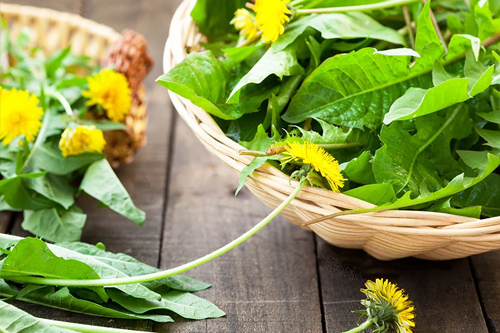Get ready to explore a seriously fascinating topic today – Date Syrup. This isn’t just your run-of-the-mill sweetener; it’s a natural wonder that brings both flavor and health benefits to the table. We’re diving deep into why dates are impressive, what sets this syrup apart, and how I’m incorporating it seamlessly into my daily routine…
 August 25, 2023
Nerd
No comments exist
August 25, 2023
Nerd
No comments exist








